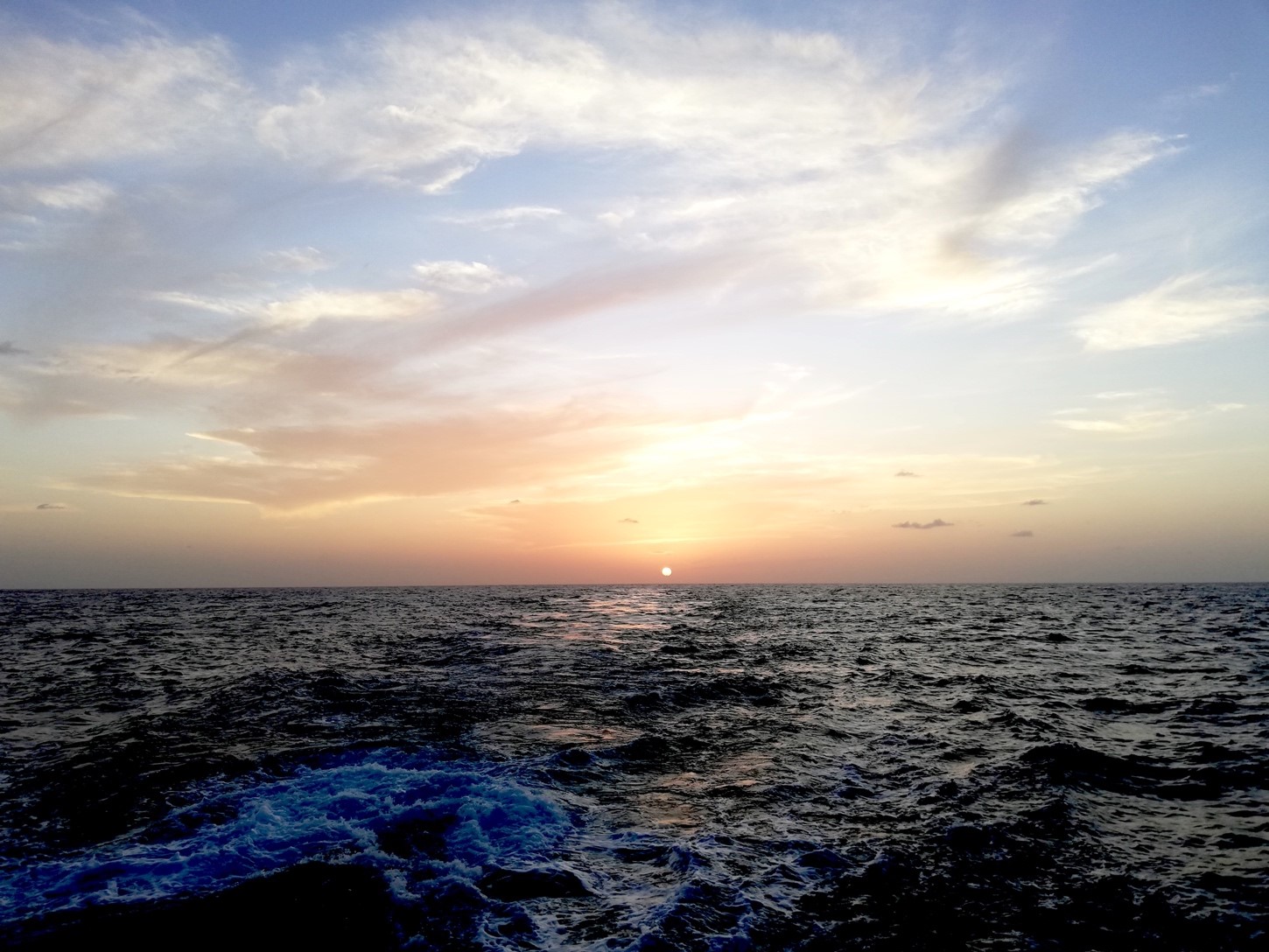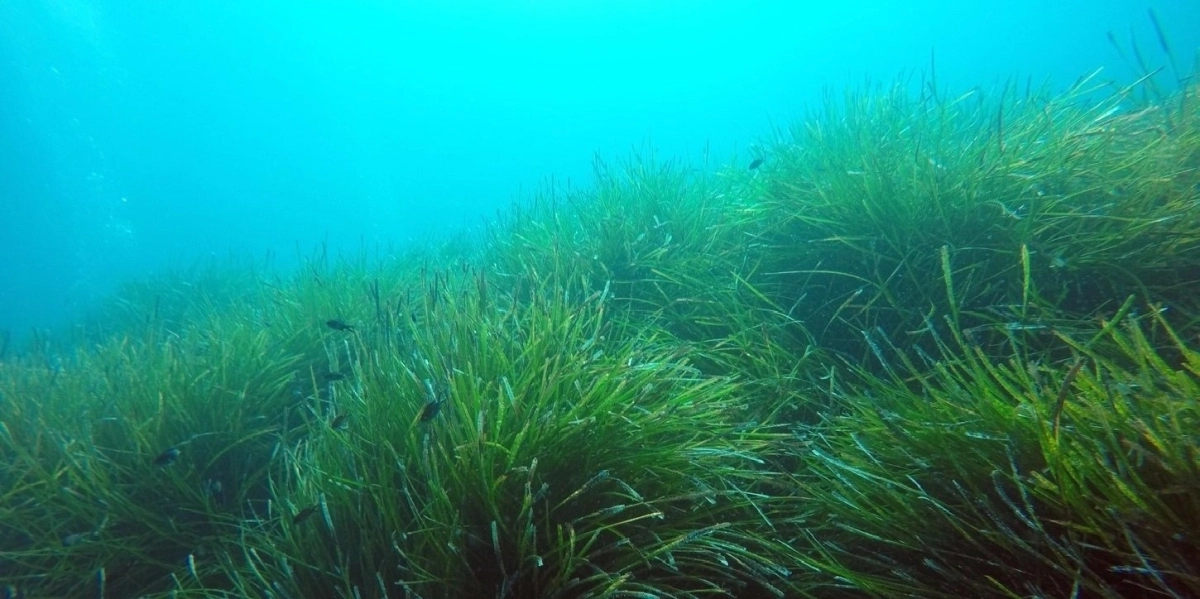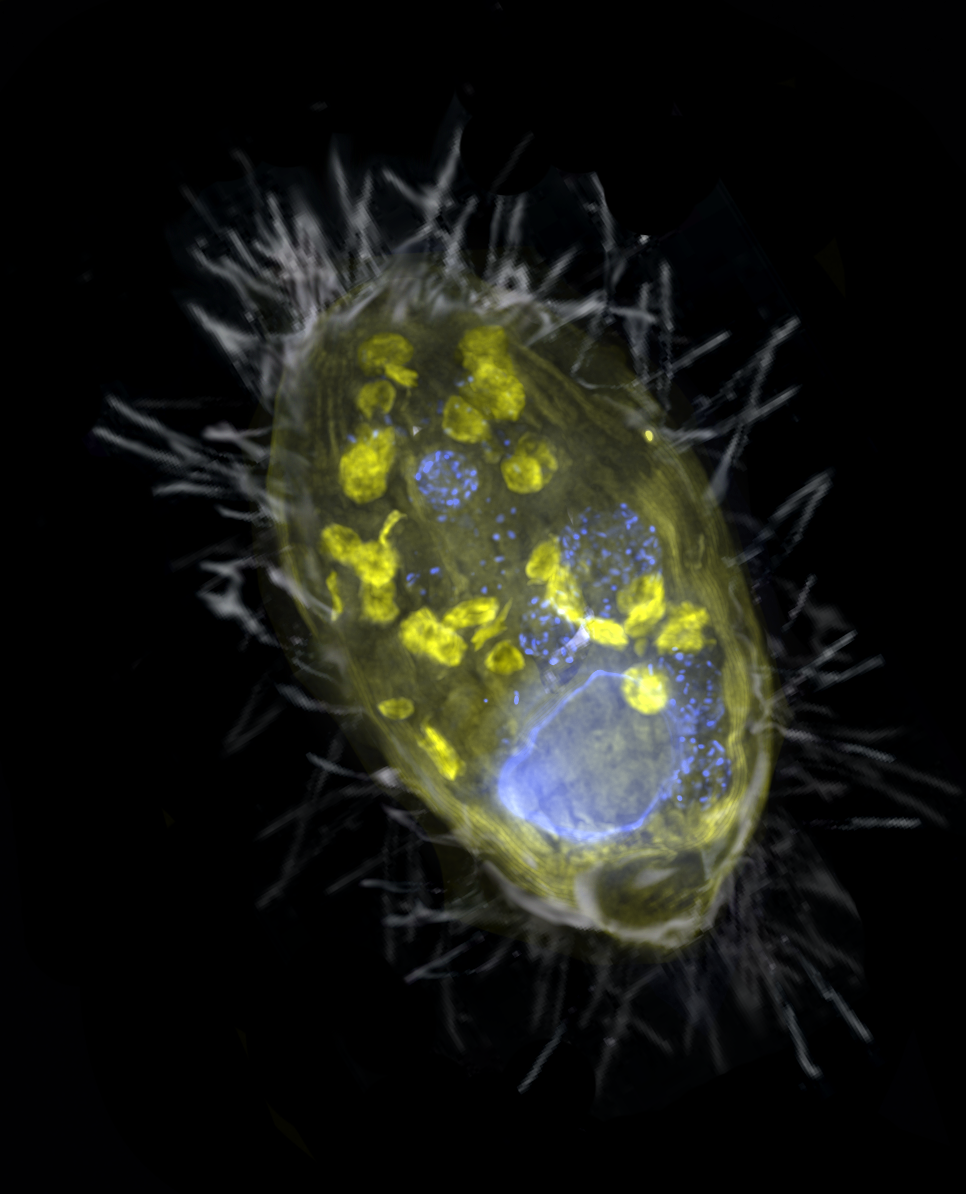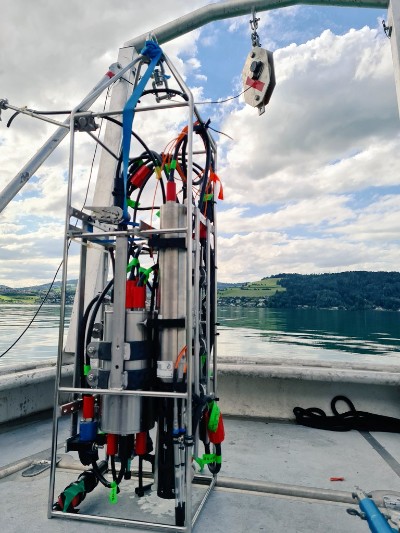- Departments
- Department of Biogeochemistry
- Greenhouse Gases Research Group
Greenhouse Gases Research Group
The Research Group Greenhouse Gases investigates microbial processes that lead to the production and consumption of methane and nitrous oxide in aquatic environments. We aim to identify microbial processes, the responsible microorganisms and the metabolic capacities of these microorganisms in marine and freshwater water columns and sediments.
Our research has a strong field going aspect but we complement on-site biogeochemical studies with extensive laboratory-based experimental and analytical work.

Recent News and Publications
16. October 2023
New Paper: Methylphosphonate-driven methane formation and its link to primary productivity in the oligotrophic North Atlantic
Our paper on aerobic methane production in the tropical North Atlantic, lead by Jan von Arx just came out in Nature Communications.
We investigated how microorganisms in surface waters unintentionally produce methane while trying to obtain phosphorus, an element that is scarce in most oceans.
The press release for our article can be found HERE.



14. February 2022
New Paper: Diverse methylotrophic methanogenic archaea cause high methane emissions from seagrass meadows
Our paper on methane emissions from seagrass meadows, lead by Sina Schorn just came out in PNAS.
We describe the organisms and mechanisms that cause methane emissions from these blue carbon ecosystems and we reveal that methane continues to be formed in seagrass meadows long after they died off.
Read the accompanying feature in the Max Planck Research Maganzine (pg. 56) HERE.
The press release for our article can be found HERE.
03. March 2021
New Paper - Anaerobic endosymbiont generates energy for ciliate host by denitrification
Our paper on a denitrifying endosymbiont that generates energy for its ciliate host, lead by Jon Graf, just came out in Nature. We show that an obligate endosymbiont, Candidatus Azoamicus ciliaticola, can respire and provide energy for its host, an anaerobic plagiopylean ciliate. Intriguingly, Azoamicus only encodes the denitrification pathway instead of terminal oxidases, which enables its host to breathe nitrate instead of oxygen. This unprecedented symbiosis raises the possibility that eukaryotes with mitochondrial remnants may secondarily acquire energy-providing endosymbionts to complement or replace functions of their mitochondria.
Read the accompanying News and Views article from Lewis and Ettema and listen to the Nature Podcast where Jana Milucka talks about our discovery.
The press release for our article can be found HERE.
17 – 28. August 2020
Fieldwork at Lake Zug and Lake Lugano
In collaboration with our colleagues from the Biogeo Group at the MPI and from the Eawag we went on an expedition to Lake Zug and Lake Lugano (CH). We took samples to investigate the microbial processes producing and consuming methane in the anoxic waters and sediments of these two lakes. Also, we finally got the opportunity to test our new mini-pump CTD system.